Introduction
If you’re looking for a satisfying, protein-packed snack that tastes amazing and fuels your body, peanut butter protein bars are the perfect choice. These homemade bars are easy to make and much healthier than store-bought options loaded with preservatives and added sugars. Whether you need a quick breakfast, a post-workout boost, or a midday pick-me-up, these bars are a convenient and nutritious solution.
The best part? You can customize them to suit your taste and dietary needs. You can whip up a batch of delicious, energy-boosting peanut butter protein bars in your kitchen with just a few simple ingredients. In this article, we’ll walk you through everything you need to know—from the recipe and ingredients to tips, variations, storage, and nutrition—so you can make the best bars possible.
Let’s dive in and discover why these homemade peanut butter protein bars should be a staple in your snack rotation!
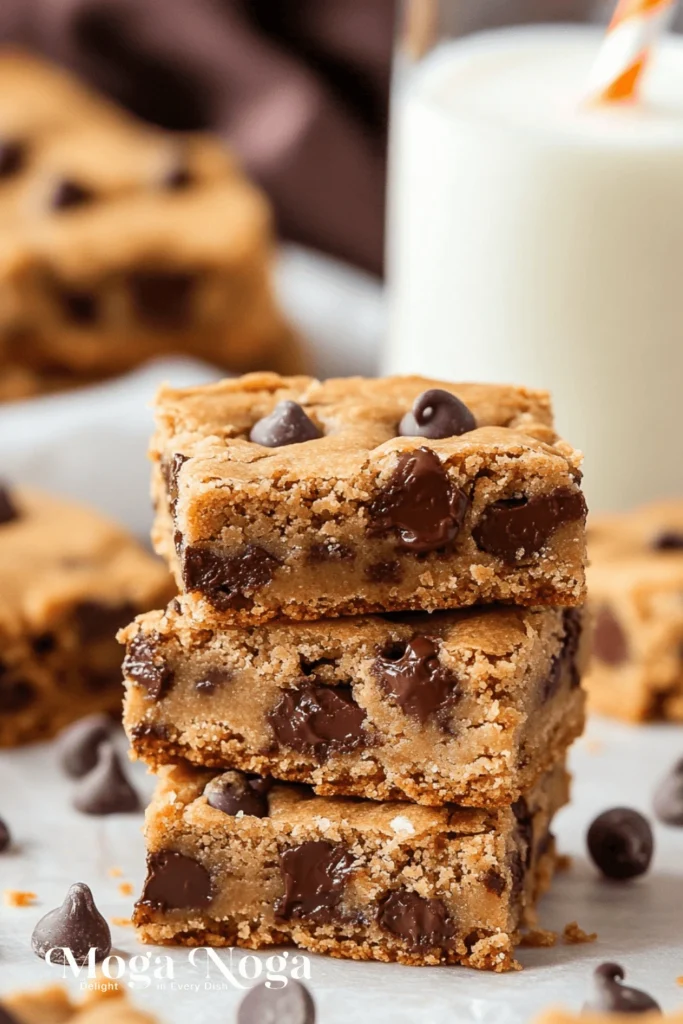
Table of Contents
Why You’ll Love This Recipe
Plenty of protein bar options are available at the store, so why should you make your own? Here are some of the top reasons why homemade peanut butter protein bars are worth it:
1. Healthier Than Store-Bought Bars
Most commercial protein bars contain artificial flavors, preservatives, and excess sugar. By making your own, you have complete control over the ingredients, ensuring they’re clean, wholesome, and nutrient-dense.
2. Easy to Make
No fancy kitchen skills are required! With just a handful of simple ingredients, you can make a delicious batch of bars in under 15 minutes—no baking is usually required.
3. Perfect for Meal Prep
Make a big batch at once, store them in the fridge or freezer, and enjoy them throughout the week. They’re an ideal grab-and-go snack for busy mornings, post-workout fuel, or even a healthy dessert.
4. Naturally High in Protein
Peanut butter is already a great source of protein, and when combined with protein powder, nuts, and seeds, these bars become an excellent high-protein snack that keeps you full and satisfied.
5. Customizable to Your Taste
Want to add chocolate chips, dried fruit, or different nuts? No problem! This recipe can be adjusted to fit any flavor preference or dietary need—from keto and paleo to vegan-friendly options.
6. Budget-Friendly
Store-bought protein bars can be expensive, especially if you go for the high-quality ones. Making your costs much less per serving allows you to use high-quality ingredients without breaking the bank.
Detailed Ingredients and Instructions
Let’s break down everything you need to make peanut butter protein bars at home, along with step-by-step instructions for the best results.
Ingredients You’ll Need
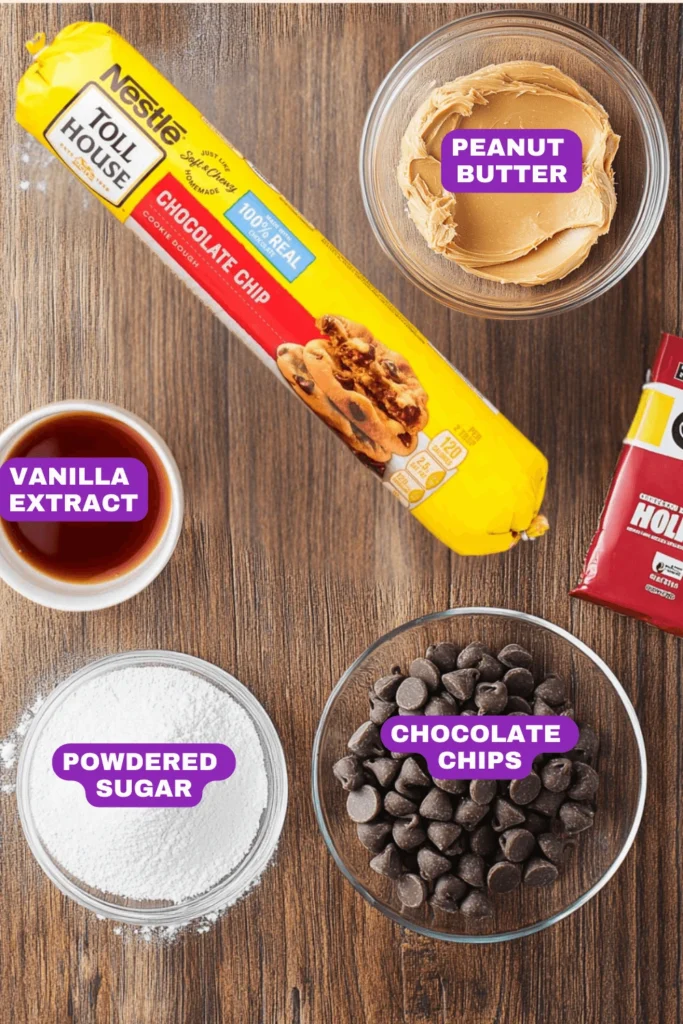
Quality ingredients are key to making delicious, chewy peanut butter protein bars. Here’s what you’ll need:
- Peanut Butter – Choose a natural, creamy peanut butter without added sugars or oils. This provides a rich, nutty flavor and a smooth texture.
- Protein Powder – Vanilla or chocolate protein powder works best, but you can experiment with different flavors.
- Oats or Almond Flour – Oats add texture and fiber, while almond flour is a great low-carb alternative.
- Honey or Maple Syrup – Natural sweeteners help bind the ingredients together while adding a touch of sweetness.
- Chia Seeds or Flaxseeds – These superfoods boost the fiber and omega-3 content.
- Milk or Almond Milk – A small amount helps create the right consistency for easy mixing.
- Dark Chocolate Chips (Optional) – If you love a chocolate-peanut butter combo, a handful of dark chocolate chips makes these bars even better!
Step-by-Step Instructions
- Mix the Wet Ingredients – In a large bowl, combine the peanut butter, honey (or maple syrup), and milk. Stir until smooth.
- Add the Dry Ingredients – Gradually mix the protein powder, oats (or almond flour), and chia seeds. Stir until the mixture forms a thick dough.
- Press into a Pan – Line a baking dish with parchment paper and press the mixture firmly into an even layer.
- Chill and Set – Firm up the dish in the refrigerator for at least 30 minutes.
- Cut into Bars – Once set, slice into individual bars and enjoy!
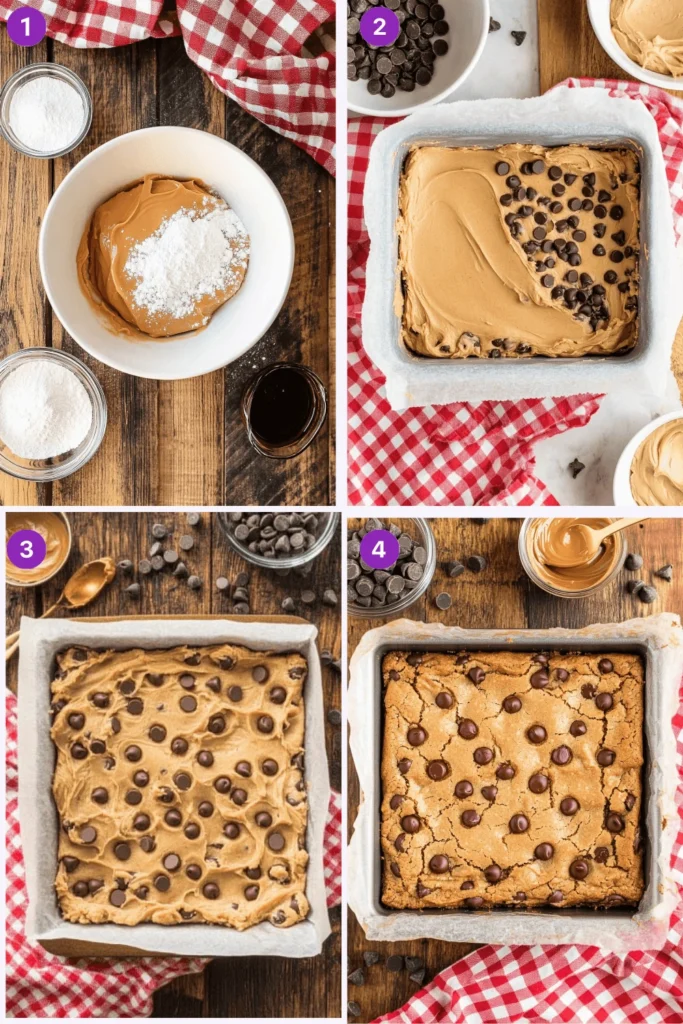
Tips, Variations, and Storage Options
Pro Tips for Perfect Peanut Butter Protein Bars
To ensure your peanut butter protein bars turn out delicious and perfectly textured, keep these tips in mind:
- Use High-Quality Peanut Butter – A natural, creamy peanut butter without added sugars or hydrogenated oils will give your bars the best flavor and consistency. If the peanut butter is too thick, warm it slightly to make it easier to mix.
- Choose the Right Protein Powder – The type of protein powder you use will impact the taste and texture. Whey protein creates softer bars, while plant-based protein tends to absorb more moisture, requiring additional liquid.
- Adjust the Sweetness – If you prefer a less sweet bar, slightly reduce the honey or maple syrup. You can also use a sugar-free sweetener like monk fruit syrup for a lower-carb option.
- Press the Mixture Firmly – Press the mixture tightly into the pan to avoid crumbly bars. Using a spatula or the back of a spoon helps create an even, compact layer.
- Chill Before Cutting – Refrigerating the bars for at least 30 minutes helps them set properly, making them easier to slice into clean, even bars.
Flavor Variations to Try
One of the best things about homemade peanut butter protein bars is that you can customize them to your liking. Here are some delicious variations:
- Chocolate Peanut Butter – Add cocoa powder or drizzle melted dark chocolate on top for a decadent, chocolatey twist.
- Peanut Butter Banana – Mash a ripe banana into the mixture for a natural sweetness and extra flavor.
- Nutty Crunch – Stir chopped almonds, walnuts, or pecans for added texture and crunch.
- Berry Bliss – Mix dried cranberries, blueberries, or raisins for a fruity contrast.
- Coconut Delight – Add shredded coconut and a splash of vanilla extract for a tropical flavor.
- Keto-Friendly Version – Use almond flour instead of oats, a sugar-free syrup like monk fruit, and low-carb dark chocolate chips.
Storage Options
To keep your peanut butter protein bars fresh and ready to grab anytime, store them properly:
- Refrigerator – Store bars in an airtight container in the fridge for up to 7 days. This keeps them firm and fresh.
- Freezer – For extended storage, wrap individual bars in parchment paper and place them in a freezer-safe bag. They’ll last up to 3 months. Simply thaw at room temperature before eating.
- Room Temperature – If you plan to eat them within a few days, you can store them at room temperature in an airtight container, but they may become softer.
Equipment Needed
Making peanut butter protein bars is simple, and you don’t need fancy tools. Here are the essentials:
- Mixing Bowl – A large mixing bowl makes it easy to combine all the ingredients.
- Spatula or Wooden Spoon – Helps mix and press the ingredients together.
- Measuring Cups and Spoons – Ensures accurate ingredient portions for the best consistency.
- 8×8 or 9×9 Baking Dish – A small baking dish is ideal for pressing the mixture into a firm layer.
- Parchment Paper – Prevents sticking and makes removing the bars from the dish easy.
Related Recipes
If you love peanut butter protein bars, you might also enjoy these similar homemade snacks:
1. No-Bake Chocolate Peanut Butter Energy Bites
These bite-sized snacks pack all the delicious peanut butter and chocolate flavors in a more minor, poppable form. Made with oats, chia seeds, and a touch of honey, they’re perfect for quick energy on the go.
2. Almond Butter Protein Bars
A great alternative if you prefer almond butter over peanut butter. These bars have a mild, nutty flavor and pair well with chocolate chips or coconut flakes.
3. Homemade Granola Bars
Try making granola bars with nuts, seeds, and dried fruit for a crunchier texture. You can easily modify the recipe to include peanut butter and protein powder for an extra boost.
4. Protein-Packed Smoothie Bowls
If you love a high-protein snack but want something different, smoothie bowls with peanut butter, protein powder, and fresh fruit are refreshing.
5. Banana Oat Protein Muffins
For those who enjoy baked snacks, these muffins are packed with bananas, oats, and protein powder, making them a tremendous meal-prep breakfast or post-workout snack.
Pairing/Serving Suggestions
Peanut butter protein bars are great on their own, but if you want to switch things up, here are some fun ways to enjoy them:
1. With a Morning Coffee or Tea
A peanut butter protein bar makes a perfect breakfast companion. Enjoy it with a cup of hot coffee, matcha, or chai tea for a balanced start to the day.
2. As a Post-Workout Snack
Pair your bar with a protein shake or almond milk to replenish energy and aid muscle recovery after exercise.
3. Crumbled Over Yogurt or Oatmeal
Break up a bar and sprinkle it over a bowl of Greek yogurt or warm oatmeal for added texture and protein.
4. Dipped in Dark Chocolate
Dip the bars in melted dark chocolate for a decadent twist and let them harden in the fridge. This adds a rich flavor without too much extra sugar.
5. With Fresh Fruit
Pair your bar with banana slices, apple wedges, or berries for a naturally sweet and satisfying snack.
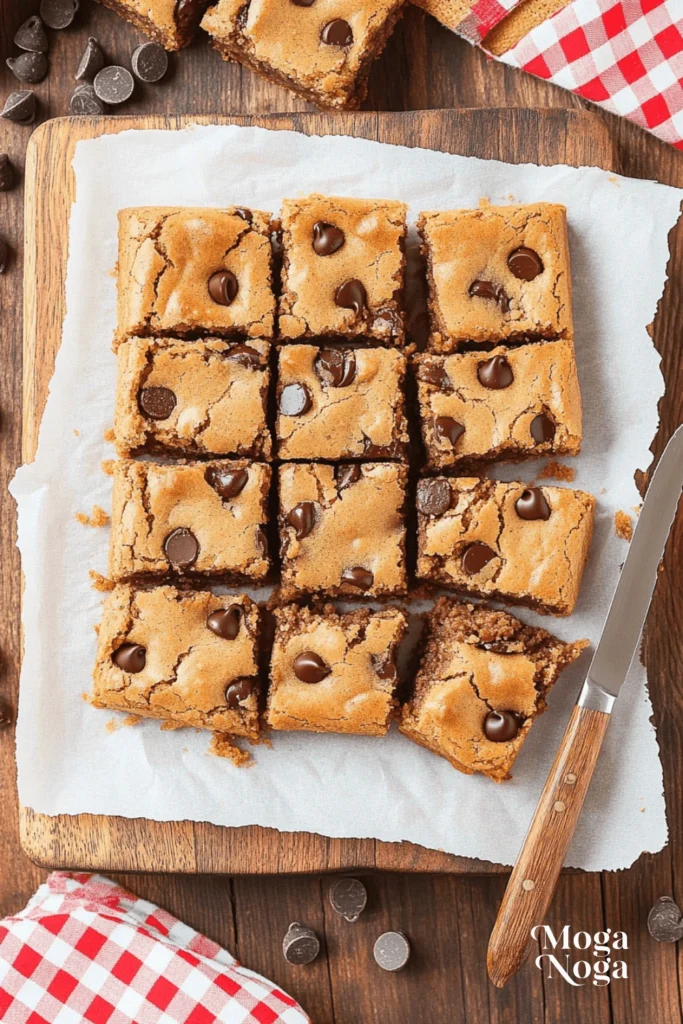
Frequently Asked Questions
1. Can I make these bars without protein powder?
Yes! While protein powder adds extra protein, you can substitute it with ground flaxseeds, almond flour, or extra oats for a similar consistency.
2. What’s the best peanut butter to use?
Opt for natural, creamy peanut butter without added sugar or oils if it’s too thick, warm it slightly for easier mixing.
3. Can I make these bars vegan?
Absolutely! Use plant-based protein powder and swap honey for maple syrup or agave nectar to keep the recipe vegan.
4. How can I make these bars keto-friendly?
For a low-carb version, use almond flour instead of oats, a sugar-free syrup like monk fruit, and unsweetened dark chocolate if adding chocolate chips.
5. Why are my bars too crumbly?
If the bars fall apart, it’s usually because they’re too dry. Add a bit more peanut butter or a splash of milk to help bind the mixture together.
6. Can I freeze these bars?
Yes! Wrap individual bars in parchment paper and store them in the freezer for up to 3 months. Just let them thaw at room temperature for a few minutes before eating.
Nutrition Information
One of the most significant benefits of making peanut butter protein bars at home is knowing exactly what goes into them. Here’s an approximate breakdown of the nutritional values per bar (based on a standard recipe with peanut butter, protein powder, oats, and honey):
- Calories: ~200-250 per bar
- Protein: ~10-15g
- Carbohydrates: ~15-20g
- Fats: ~10-12g
- Fiber: ~3-5g
- Sugar: ~5-8g (varies based on sweetener used)
These values may change depending on ingredient substitutions like almond flour, sugar-free sweeteners, or adding mix-ins like chocolate chips or dried fruit.
If you’re following a specific diet, you can easily adjust the recipe to fit your needs—whether you want higher protein, lower sugar, or keto-friendly options.
Seasonal and Occasion Variations
Want to make your peanut butter protein bars feel festive? Try these fun seasonal variations:
1. Fall: Pumpkin Spice Peanut Butter Bars
- Add pumpkin puree and a dash of pumpkin spice (cinnamon, nutmeg, ginger, and cloves).
- Use maple syrup as a natural sweetener.
- Mix in chopped pecans for an extra crunch.
2. Winter: Chocolate Peppermint Bars
- Add cocoa powder to make the bars extra chocolatey.
- Stir in crushed peppermint candies or peppermint extract for a holiday twist.
- Drizzle with melted dark chocolate for a festive touch.
3. Spring: Lemon Blueberry Peanut Butter Bars
- Add lemon zest and a bit of lemon juice for freshness.
- Mix in dried or freeze-dried blueberries.
- Swap honey for agave nectar for a lighter taste.
4. Summer: Coconut Almond Protein Bars
- Use almond butter instead of peanut butter for a different nutty flavor.
- Mix in shredded coconut and toasted almonds.
- Drizzle with a bit of white chocolate for a tropical treat.
These variations help keep your homemade protein bars exciting year-round while being nutritious!
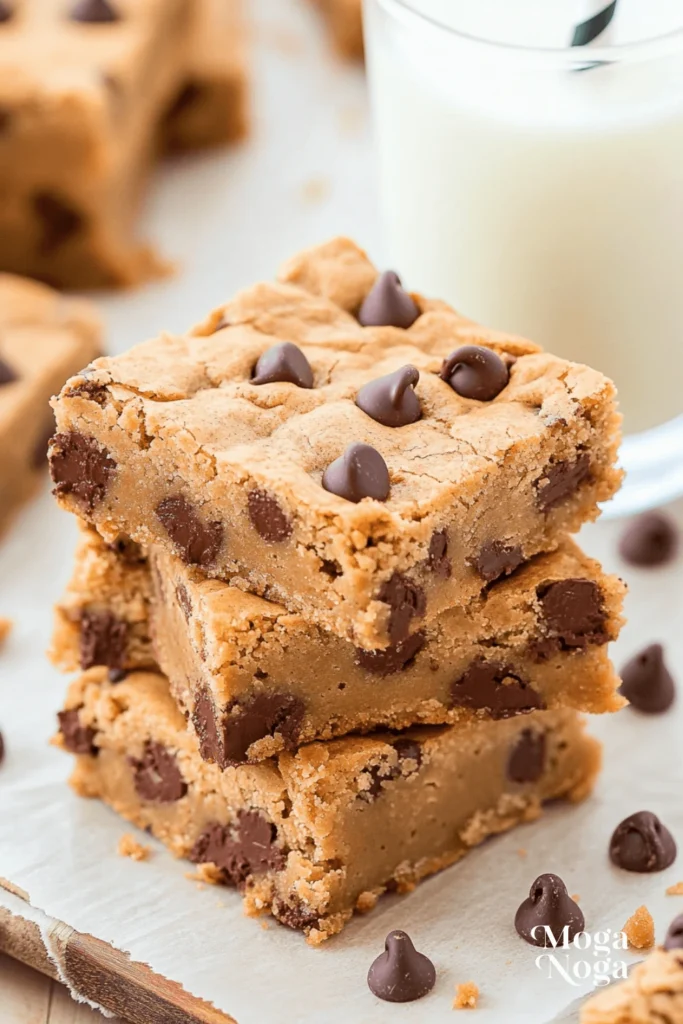
My Recipe Tips
To get the best results every time, keep these pro tips in mind when making peanut butter protein bars:
1. Keep the Right Balance of Wet and Dry Ingredients
- Add more milk, honey, or peanut butter to avoid crumbling if the mixture is too dry.
- If it’s too wet, add more oats or protein powder until it holds together well.
2. Press the Bars Firmly into the Pan
- Use a spatula or your hands to press the mixture into the baking dish firmly.
- This ensures the bars hold their shape and don’t fall apart when cut.
3. Chill Before Cutting
- Always refrigerate for at least 30 minutes before slicing to make clean, even bars.
- If the bars are too soft, freeze them for 10-15 minutes before cutting.
4. Use the Right Protein Powder
- Different protein powders absorb liquid differently.
- If using plant-based protein, you may need to add more liquid since it absorbs more moisture than whey protein.
5. Store Properly for Freshness
- Keep bars in an airtight container in the fridge for a chewy texture.
- If you prefer firmer ones, store them in the freezer and grab one when needed.
Conclusion
Homemade peanut butter protein bars are a simple, nutritious, and delicious snack that you can easily customize to your taste and dietary needs. Whether you need a quick breakfast, a post-workout snack, or a healthy treat, these bars are a must-have for meal prep.
By making them yourself, you can control the ingredients, flavor, and texture, ensuring they’re free from artificial additives while still being packed with protein and healthy fats.
Now that you have all the tips, variations, and expert advice, it’s time to get in the kitchen and make your peanut butter protein bars. Try different flavors, pair them with your favorite drinks, and enjoy a homemade snack that fuels your body!
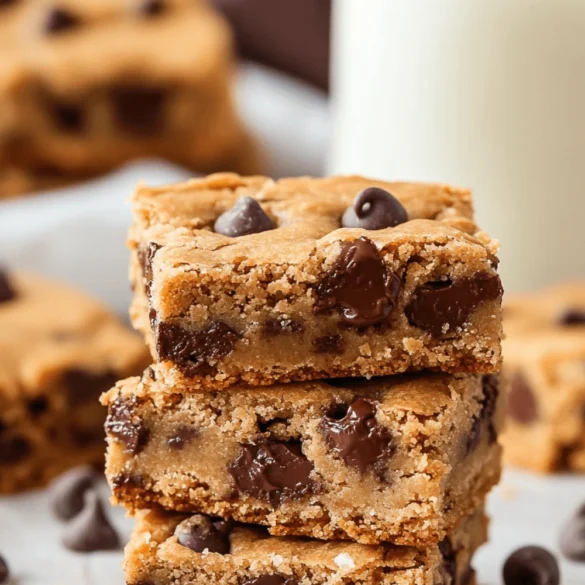
🥜 Peanut Butter Protein Bars 🍯
Ingredients
• 1 cup natural peanut butter
• 1/2 cup honey or maple syrup
• 1/4 cup almond milk (or any milk of choice)
• 2 cups rolled oats
• 1/2 cup protein powder (vanilla or chocolate works well)
• 1/4 cup ground flaxseed or chia seeds (optional for added fiber)
• 1/4 teaspoon salt
• 1 teaspoon vanilla extract
• 1/4 cup chocolate chips (optional)
Instructions
1- In a medium saucepan, warm the peanut butter and honey over low heat, stirring until melted and smooth.
2- Remove the saucepan from heat and stir in the almond milk and vanilla extract.
3- In a large bowl, combine the rolled oats, protein powder, ground flaxseed (if using), and salt. Stir to combine.
4- Pour the wet ingredients into the dry mixture and mix until everything is well coated and combined.
5- Press the mixture firmly into a lined 8x8-inch baking dish or pan. Use the back of a spoon to evenly distribute and press down the mixture.
6- If desired, sprinkle the chocolate chips over the top and press them lightly into the bars.
7- Refrigerate the bars for at least 2 hours, or until set and firm.
8- Once chilled, cut the bars into squares or rectangles.
9- Store the bars in an airtight container in the fridge for up to 1 week, or freeze for longer storage.
10- Enjoy your homemade, protein-packed Peanut Butter Protein Bars as a post-workout snack or on-the-go energy boost!

